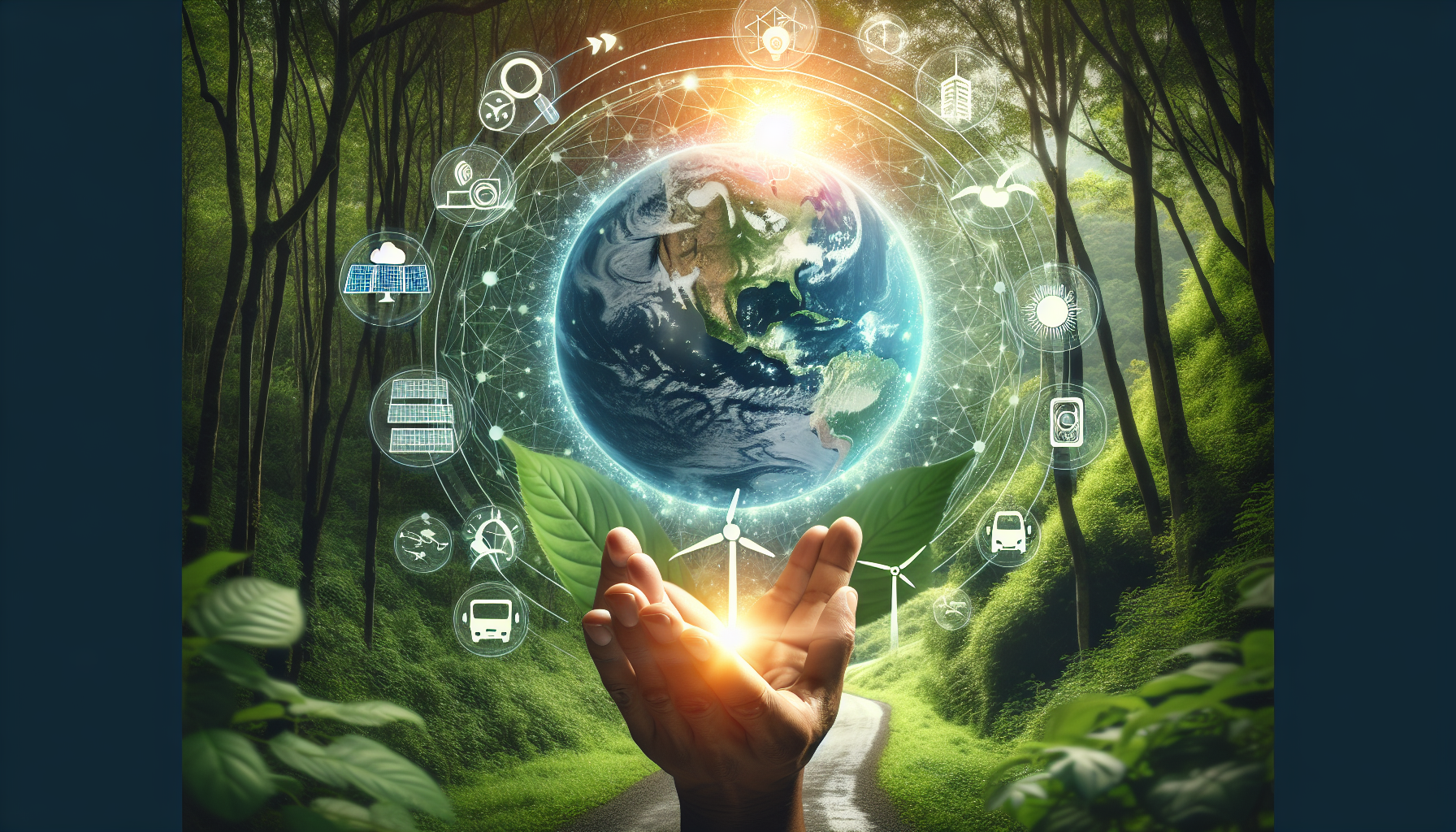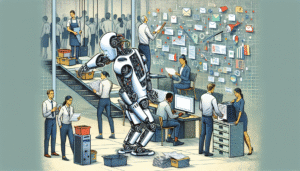
Sustainable Technology for a Greener Future
Harnessing Innovation for Environmental Stewardship
Sustainable technology encompasses a broad spectrum of innovations designed to address pressing environmental challenges. From renewable energy sources to smart agriculture and circular economy models, these technologies offer tangible solutions for minimizing our ecological footprint and fostering a more sustainable future. Their implementation is crucial for mitigating climate change, conserving resources, and promoting a healthier planet for generations to come.
Renewable Energy: Powering a Sustainable Tomorrow
Transitioning from fossil fuels to renewable energy is paramount for decarbonizing our energy systems. Solar photovoltaic (PV) technology converts sunlight directly into electricity, offering a clean and abundant energy source. Wind energy harnesses the power of wind turbines to generate electricity, contributing significantly to the global renewable energy mix. Hydropower utilizes the natural flow of water to generate electricity, while geothermal energy taps into the Earth’s internal heat for power generation. These renewable energy sources, coupled with advancements in energy storage technologies like batteries and pumped hydro, pave the way for a reliable and sustainable energy future.
Smart Agriculture: Optimizing Resource Utilization
The agricultural sector faces mounting pressure to produce more food with fewer resources while minimizing environmental impact. Smart agriculture leverages technology to optimize resource utilization and enhance productivity. Precision agriculture utilizes sensors, GPS, and data analytics to tailor irrigation, fertilization, and pest control to specific field conditions, reducing water and chemical usage. Vertical farming cultivates crops in vertically stacked layers, maximizing land use and minimizing transportation costs. Robotics and automation streamline agricultural processes, reducing labor costs and improving efficiency. These advancements are crucial for ensuring food security and promoting sustainable agricultural practices.
Circular Economy: Closing the Loop on Resource Consumption
The traditional linear “take-make-dispose” model of consumption is unsustainable. The circular economy aims to decouple economic growth from resource consumption by closing the loop on material flows. This involves designing products for durability and recyclability, implementing waste management systems that prioritize reuse and recycling, and developing innovative materials from recycled resources. Industrial symbiosis, where the waste of one industry becomes the raw material for another, further optimizes resource utilization and minimizes waste generation. Embracing circular economy principles is crucial for achieving resource efficiency and reducing environmental pollution.
Green Building: Constructing a Sustainable Habitat
The built environment contributes significantly to global energy consumption and greenhouse gas emissions. Green building practices prioritize energy efficiency, resource conservation, and occupant well-being. Sustainable building materials, such as recycled wood, bamboo, and hempcrete, minimize environmental impact. Passive design strategies, like natural ventilation and daylighting, reduce energy consumption. Energy-efficient appliances and lighting further optimize building performance. Green roofs and walls provide insulation, reduce stormwater runoff, and enhance biodiversity. Implementing green building standards is essential for creating sustainable and resilient communities.
Sustainable Transportation: Reducing Emissions and Congestion
Transportation is a major contributor to air pollution and greenhouse gas emissions. Sustainable transportation solutions aim to reduce our reliance on fossil fuel-powered vehicles. Electric vehicles (EVs), powered by renewable energy sources, offer a cleaner and more efficient alternative to conventional vehicles. Hybrid vehicles combine electric motors with internal combustion engines, improving fuel efficiency. Public transportation systems, including buses, trains, and trams, reduce traffic congestion and emissions. Cycling and walking infrastructure promotes active transportation, enhancing public health and reducing environmental impact. Investing in sustainable transportation systems is crucial for creating livable and sustainable cities.
Water Management: Conserving a Precious Resource
Water scarcity is a growing global concern. Sustainable water management practices aim to conserve water resources and ensure equitable access to clean water. Water-efficient irrigation technologies, such as drip irrigation and micro-sprinklers, minimize water waste in agriculture. Water recycling and reuse systems treat wastewater for non-potable applications, such as irrigation and industrial processes. Rainwater harvesting collects and stores rainwater for various uses, reducing reliance on municipal water supplies. Implementing these strategies is essential for ensuring water security in a changing climate.
Waste Management: Minimizing Environmental Impact
Effective waste management is crucial for minimizing environmental pollution and conserving resources. Reducing, reusing, and recycling waste minimizes the amount of waste sent to landfills. Composting organic waste creates nutrient-rich soil amendments, reducing the need for synthetic fertilizers. Anaerobic digestion converts organic waste into biogas, a renewable energy source. Implementing integrated waste management systems that prioritize waste reduction and resource recovery is essential for building a sustainable future.
Technological Advancements Driving Sustainable Solutions
Advancements in materials science, nanotechnology, and biotechnology are driving innovation in sustainable technology. Bioplastics, derived from renewable resources, offer a sustainable alternative to conventional plastics. Nanomaterials are being used to develop more efficient solar cells and batteries. Biotechnology is being applied to develop biofuels and bio-based chemicals, reducing our reliance on fossil fuels. These technological breakthroughs are accelerating the transition to a more sustainable future.
Investing in a Sustainable Future
Investing in sustainable technology is not just an environmental imperative; it is also a sound economic strategy. The green technology sector is rapidly growing, creating new jobs and economic opportunities. Investing in renewable energy, energy efficiency, and sustainable infrastructure generates long-term economic benefits and enhances national competitiveness. Embracing sustainable technology is a crucial step towards building a more prosperous and sustainable future for all.














